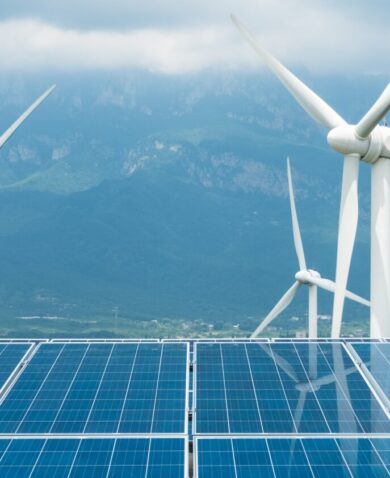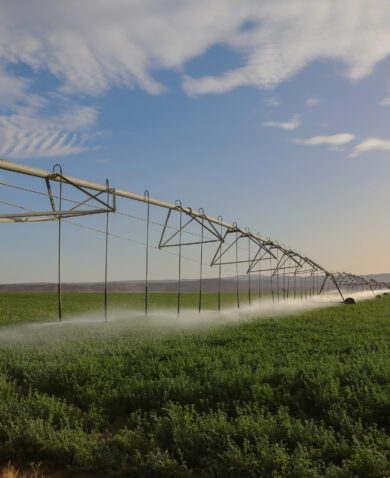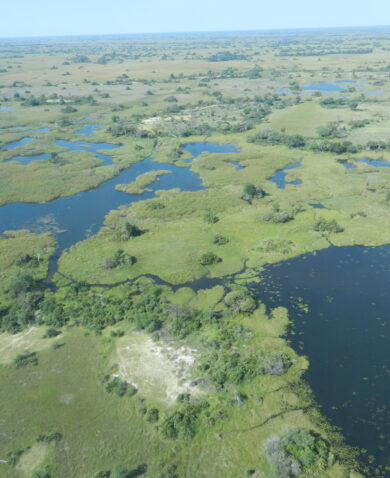In the words of MRCA’s managing director, Daan van der Merwe, “People here have very few opportunities to earn a living. If we do not find ways for them to benefit financially from conservation, we will have no success protecting the river.”
But operating and managing a truly sustainable ecotourism industry is no easy task. To prepare Groot Marico, MRCA is leading efforts to create a United Nations Education, Scientific, and Cultural Organization (UNESCO) Man and Biosphere Reserve and construct a framework to govern the area’s use of natural resources. The proposed biosphere would cover 232 square miles of land, and MRCA is spearheading its creation with support from the USAID-funded, Chemonics-implemented Resilience in the Limpopo River Basin (RESILIM) program. This is being done with the full support of national and provincial environment departments.
MRCA took the first step toward creating the UNESCO biosphere in 2015 by applying to the South African government to protect 18,000 hectares of land under a biodiversity stewardship program, which leaves the land in private hands but zones it as environmentally protected. Once official, a UNESCO biosphere designation would provide an internationally recognized framework for resource management that accounts for different stakeholders’ goals. Each biosphere has three zones that accomplish separate functions: the core zone is a strictly protected ecosystem, while a surrounding buffer zone is used for limited activities like education and research. Finally, the outer transition area provides a space for communities to live and work.









































